GOP Has Commanding Edge in Governor Races
Several Democratic-leaning states will swing Republican at the gubernatorial level.

Republicans will gain ground in governor races next month, winning six to nine seats and flipping the balance of power. Republicans may end up controlling as many as 33 governorships.
The change will affect policy, particularly on health care. Many states are promising to fight the new federal health care law in court and also through state regulatory agencies. Their concerted resistance can become a big problem as the administration moves to implement the far-reaching law.
States in which the GOP is well positioned to oust Democrats include Iowa, Kansas, Michigan, Oklahoma, Pennsylvania, Tennessee and Wyoming. Democrats are also in precarious positions in the governor races in Illinois, Maine, Massachusetts, New Mexico, Ohio and Wisconsin.

Sign up for Kiplinger’s Free E-Newsletters
Profit and prosper with the best of expert advice on investing, taxes, retirement, personal finance and more - straight to your e-mail.
Profit and prosper with the best of expert advice - straight to your e-mail.
Republicans are expected to lose at least two governor seats -- in Rhode Island and Hawaii -- but Democrats are making strong runs in Florida and Connecticut as well.
And Democrats may also win back the governorship in California -- the biggest prize of all. The race between Jerry Brown and Republican Meg Whitman, the former head of eBay, remains a toss-up. Whitman has outspent Brown nearly 9-1, but Democrats have an organizational and voter registration advantage in the state. The key will be how independents swing.
The current makeup of governorships is 26 Democrats and 24 Republicans. GOP gains will be especially important as states begin the decennial redistricting process next year after census results are finalized. Governors often have a strong influence in determining how congressional districts are redrawn.
Besides the contest in California, several other governor races bear watching:
Iowa. Ex-Gov. Terry Branstad, R, is poised to win Iowa for Republicans, likely defeating current Democratic Gov. Chet Culver, who has presided over a depressed state economy. Branstad, who served for 16 years as the state’s chief executive, gains not only from being a largely popular former governor but also from the rising Republican tide in the state. That will be enough to secure a GOP win.
New York. Andrew Cuomo, the state attorney general, is comfortably leading Tea Party firebrand Carl Paladino in the homestretch. While the media is fascinated by this race and Paladino’s controversial positions and statements, it’s really Cuomo’s race to lose. Unless he stumbles terribly somehow, Cuomo should win by a 60-40 margin. A large turnout in the New York City environs should put him over the top.
Maryland. In this high-profile rematch, the edge goes to incumbent Democratic Gov. Martin O’Malley over former Gov. Bob Ehrlich, R. Maryland is a largely Democratic-leaning state, but a national anti-incumbent mood is keeping the race relatively close. Ehrlich won in 2002 in an open seat race against a weak Democratic challenger. He then lost to O’Malley in 2006.
Illinois. Usually this is very safe Democratic territory, but not so this year. There’s Democratic fatigue in Illinois following the impeachment of Gov. Rod Blagojevich and a variety of scandals and setbacks in the party. Incumbent Gov. Pat Quinn, D, barely survived a tough primary and could fall in a Republican wave. A tight Senate race also will drive GOP turnout, hurting Quinn. The advantage in the final laps goes to Republican nominee Bill Brady. A GOP win in the governor race and possibly the Senate race would be especially embarrassing for the Obama administration.
Ohio. Republicans could pick up this seat if moderates and independents lean their way. In a state struggling with unemployment and manufacturing industry losses, incumbent Gov. Ted Strickland, D, is neck-and-neck with former Rep. John Kasich, a former Budget Committee chairman. Kasich is running well in the homestretch.
Nevada. A large GOP turnout in Nevada will help carry Republican Brian Sandoval, a former state attorney general, to victory over Democrat Rory Reid, the son of Senate Majority Leader Harry Reid, who is battling high unpopularity ratings and a stiff challenge from Tea Party favorite Sharron Angle. Bottom line: It’s a bad year to have two Reids on the same ballot, especially with the elder Reid beset with sustained low approval ratings. The Senate race dominates the political landscape this year, but the gubernatorial race is also worth watching, and Republicans are very likely to score a win.
Massachusetts. Incumbent Democratic Gov. Deval Patrick has only a small lead in this Democratic stronghold in the northeast. A well organized campaign by independent Tim Cahill, a former Democrat, will draw support away from Patrick. That would help Republican Charles Baker, a health care executive. There also may be a so-called “Scott Brown effect” in Massachusetts this year, referring to the upset win in the special Senate election by Brown over Martha Coakley, the state’s attorney general. Brown’s victory was arguably the first real sign of a potential Republican wave in the midterm election.
Get Kiplinger Today newsletter — free
Profit and prosper with the best of Kiplinger's advice on investing, taxes, retirement, personal finance and much more. Delivered daily. Enter your email in the box and click Sign Me Up.

-
 6 Stunning Waterfront Homes for Sale Around the US
6 Stunning Waterfront Homes for Sale Around the USFrom private peninsulas to lakes, bayous and beyond, Kiplinger's "Listed" series brings you another selection of dream homes for sale on the waterfront.
By Charlotte Gorbold Published
-
 Six Reasons to Disinherit Someone and How to Do It
Six Reasons to Disinherit Someone and How to Do ItWhether you're navigating a second marriage, dealing with an estranged relative or leaving your assets to charity, there are reasons to disinherit someone. Here's how.
By Donna LeValley Published
-
 AI Regulation is Looming: Kiplinger Economic Forecasts
AI Regulation is Looming: Kiplinger Economic ForecastsEconomic Forecasts Find out what Washington and regulators have planned for artificial intelligence.
By John Miley Published
-
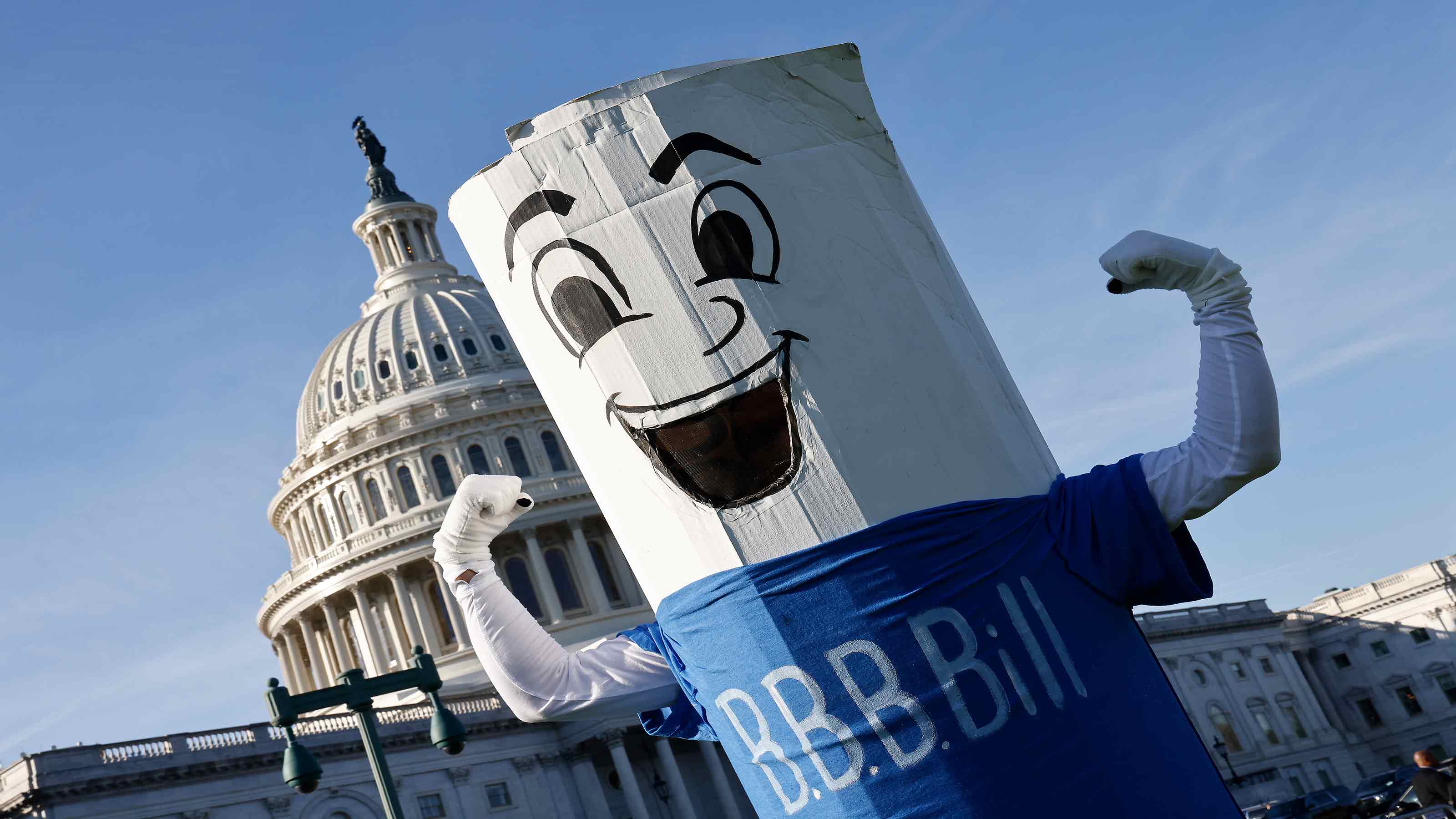 The Biden Tax Plan: How the Build Back Better Act Could Affect Your Tax Bill
The Biden Tax Plan: How the Build Back Better Act Could Affect Your Tax BillPolitics Depending on your income, the Build Back Better Act recently passed by the House could boost or cut your future tax bills.
By Rocky Mengle Published
-
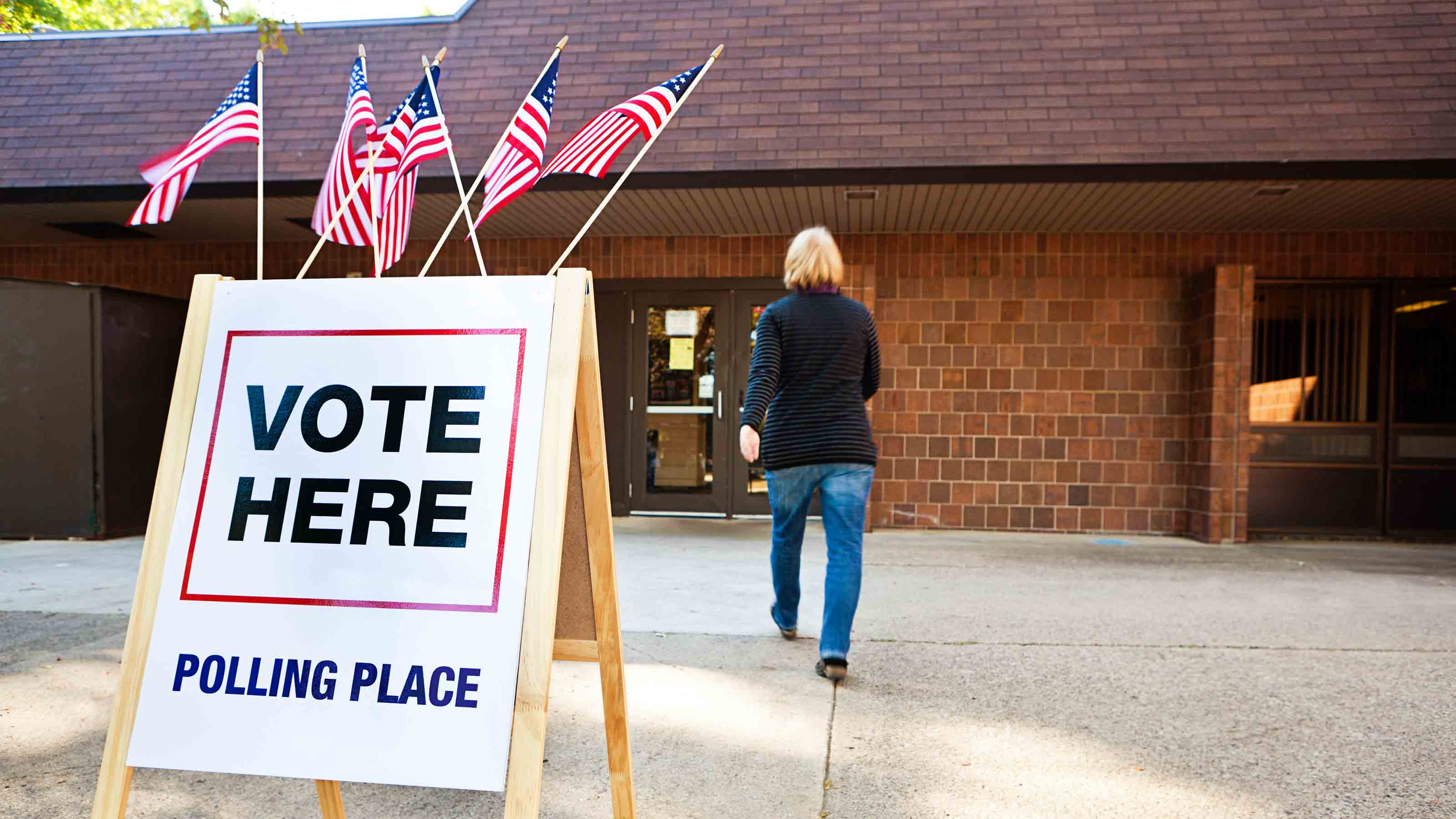 Kiplinger's 2020 Election Forecast
Kiplinger's 2020 Election ForecastPolitics For nearly a century, The Kiplinger Letter has forecasted the outcome of presidential elections to keep readers informed of what's coming and what it means for them. Here's our call for 2020.
By The Kiplinger Washington Editors Published
-
 The 2020 Election and Your Money
The 2020 Election and Your MoneyPolitics We’ve assessed how the presidential candidates’ stances on financial issues will affect your wallet.
By the editors of Kiplinger's Personal Finance Published
-
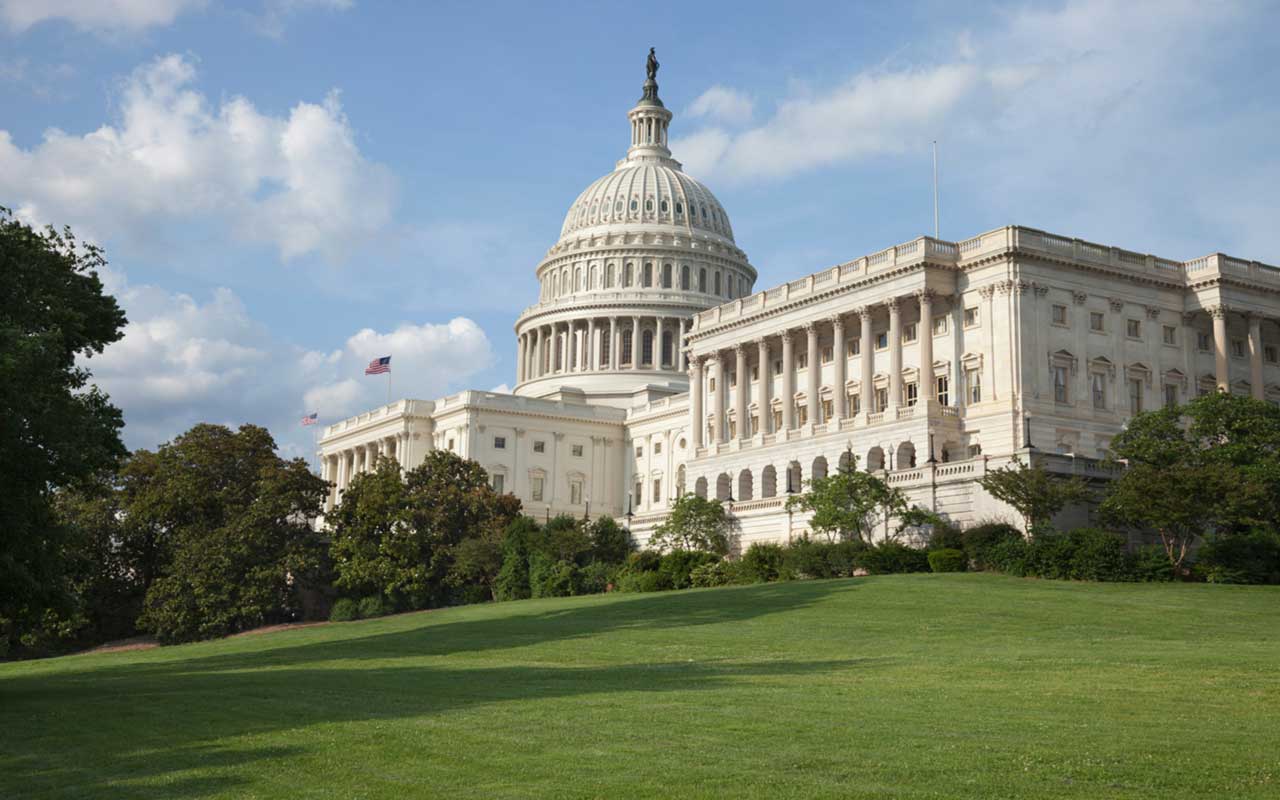 5 HEROES Act Provisions with a Good Chance of Becoming Law
5 HEROES Act Provisions with a Good Chance of Becoming LawPolitics The massive federal stimulus bill just passed by the House of Representatives is "dead on arrival" in the Senate. But a few proposals in the bill have enough bipartisan support to eventually become law.
By Rocky Mengle Published
-
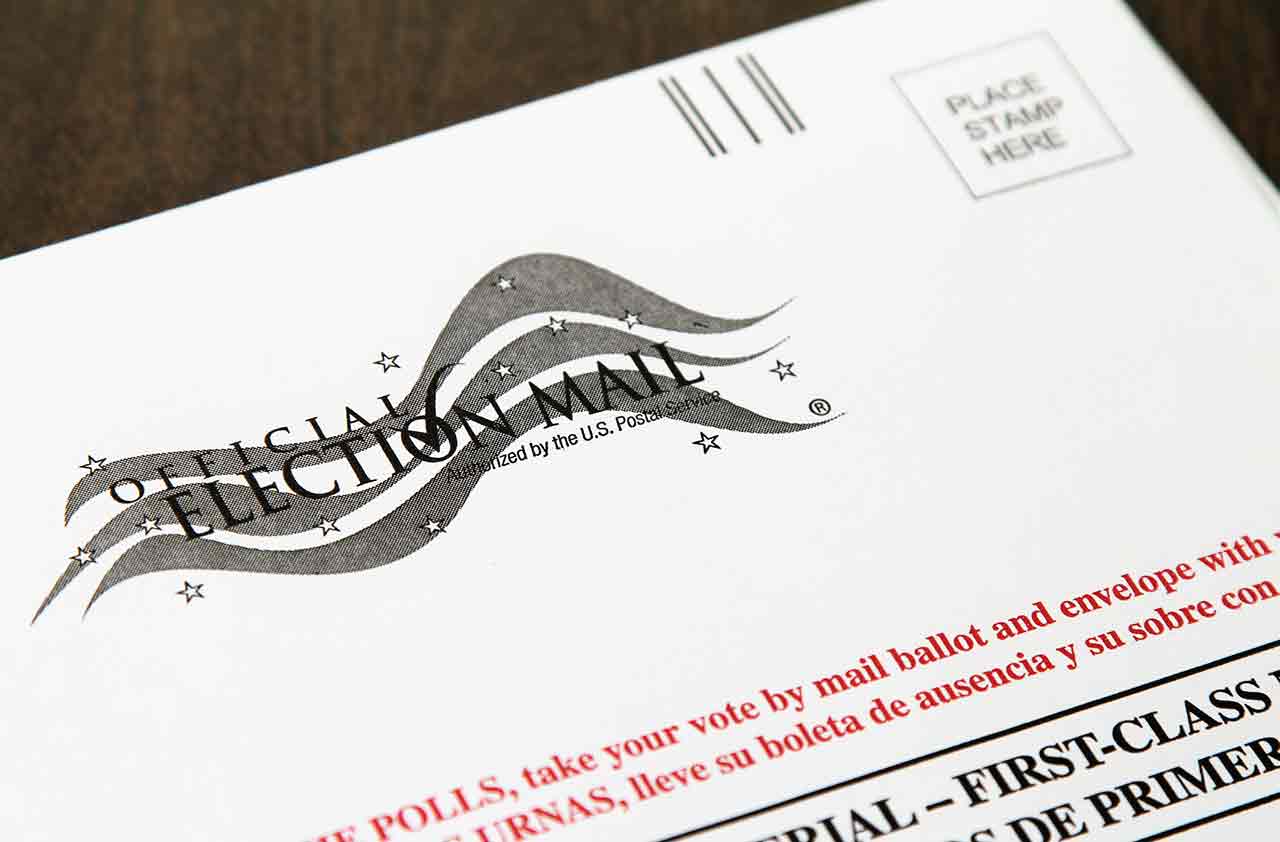 Vote by Mail: A State-by-State Guide to Absentee Ballot Voting
Vote by Mail: A State-by-State Guide to Absentee Ballot VotingPolitics With health authorities recommending people continue to social distance, the idea of voting by mail is becoming an increasingly hot topic.
By Rivan V. Stinson Published
-
 9 Ways COVID-19 Will Change the 2020 Elections
9 Ways COVID-19 Will Change the 2020 ElectionsPolitics The 2020 election will be like no other in history, as the COVID-19 pandemic will upend the business of politics as usual.
By Sean Lengell Published
-
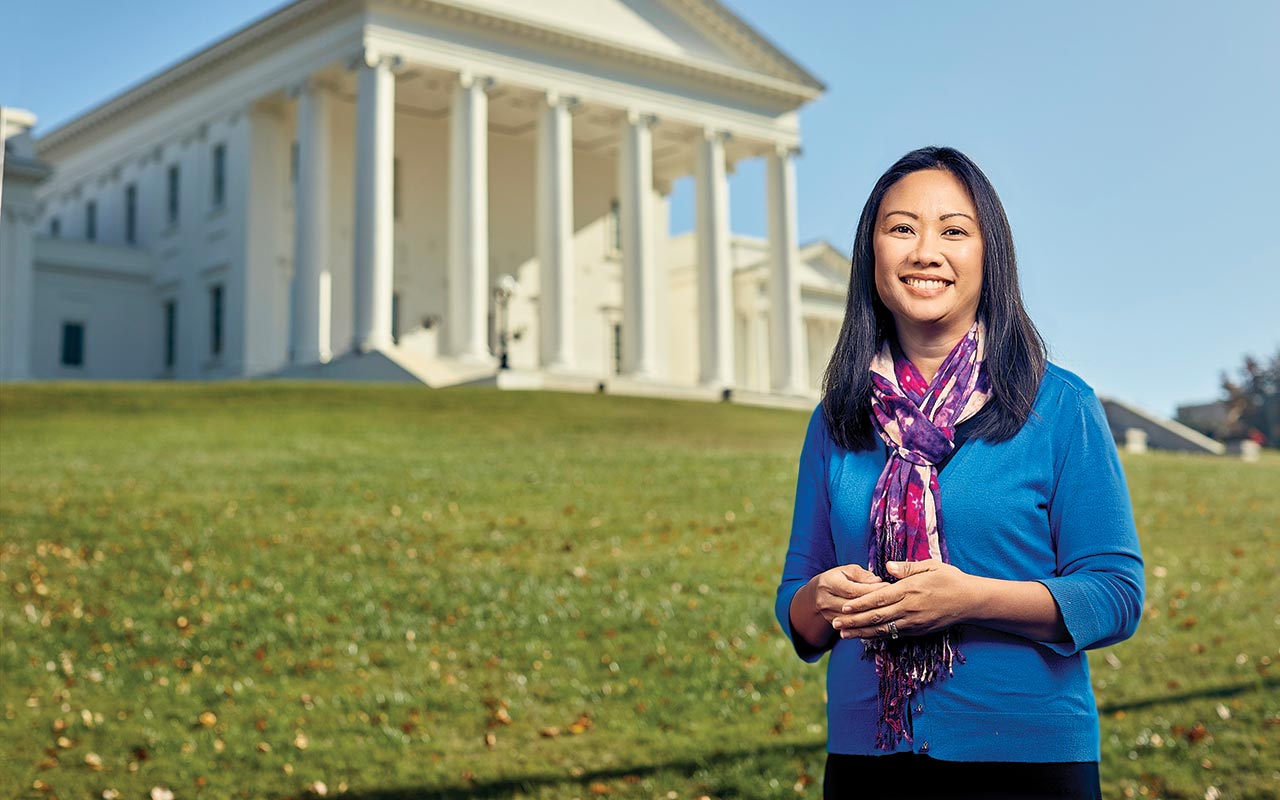 How to Run for Local Office
How to Run for Local OfficePolitics If you’ve ever thought that you could do a better job than the elected officials currently in office, here’s how to launch a campaign—and win.
By Kaitlin Pitsker Published